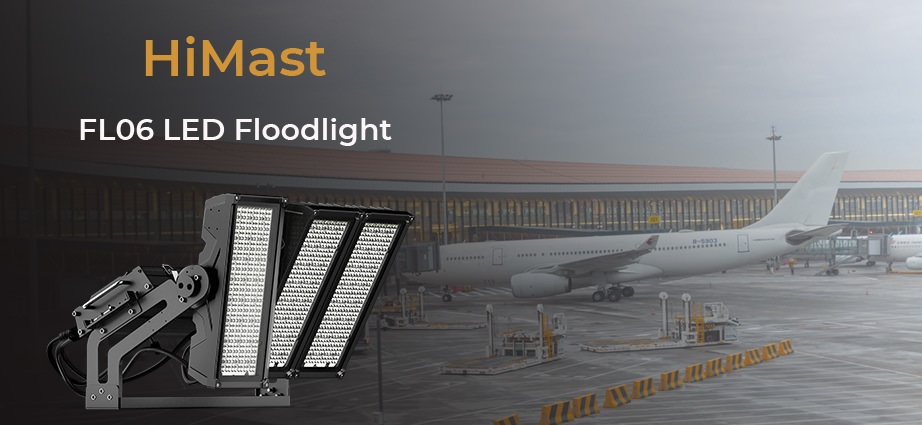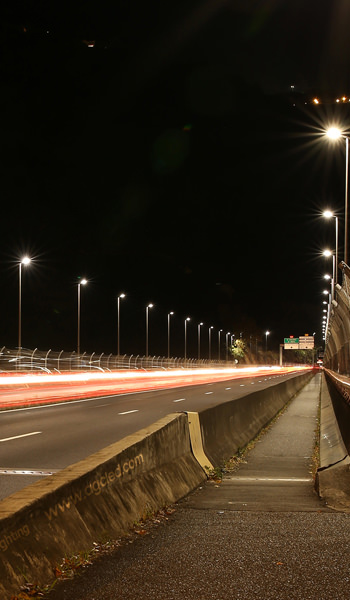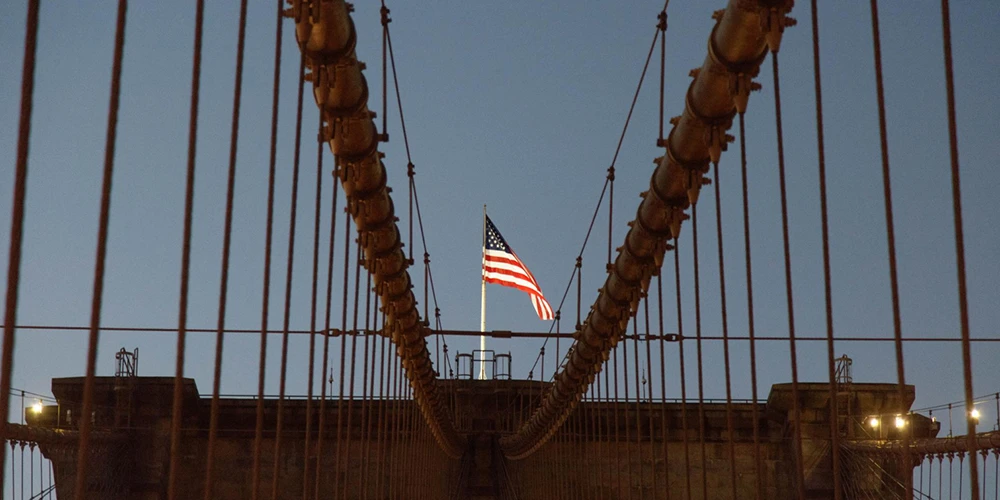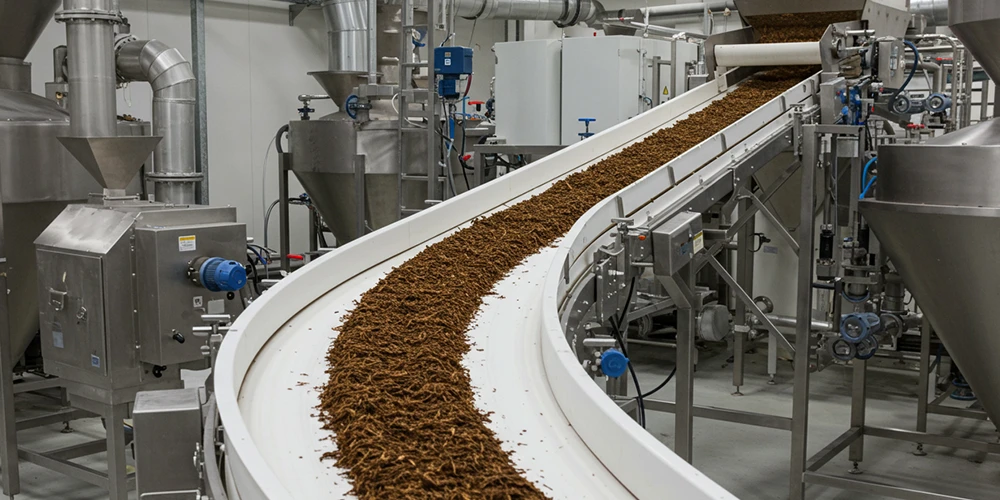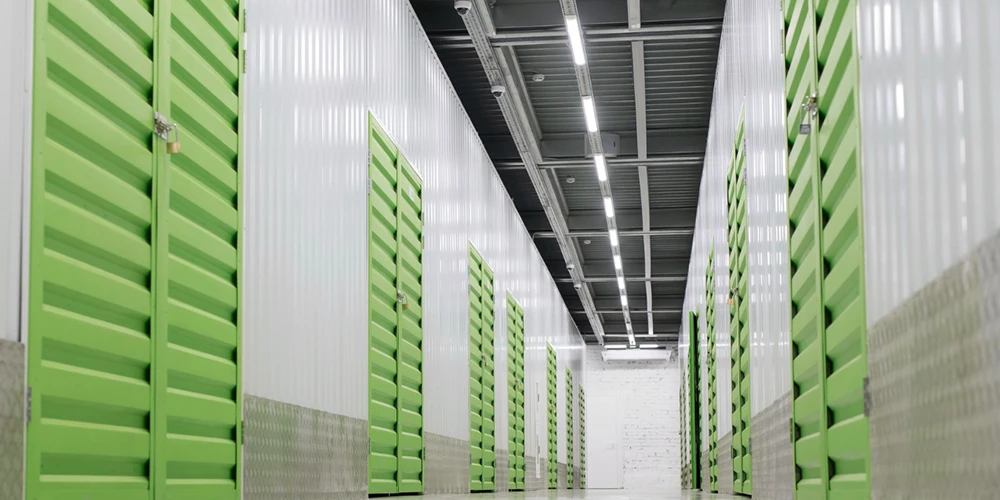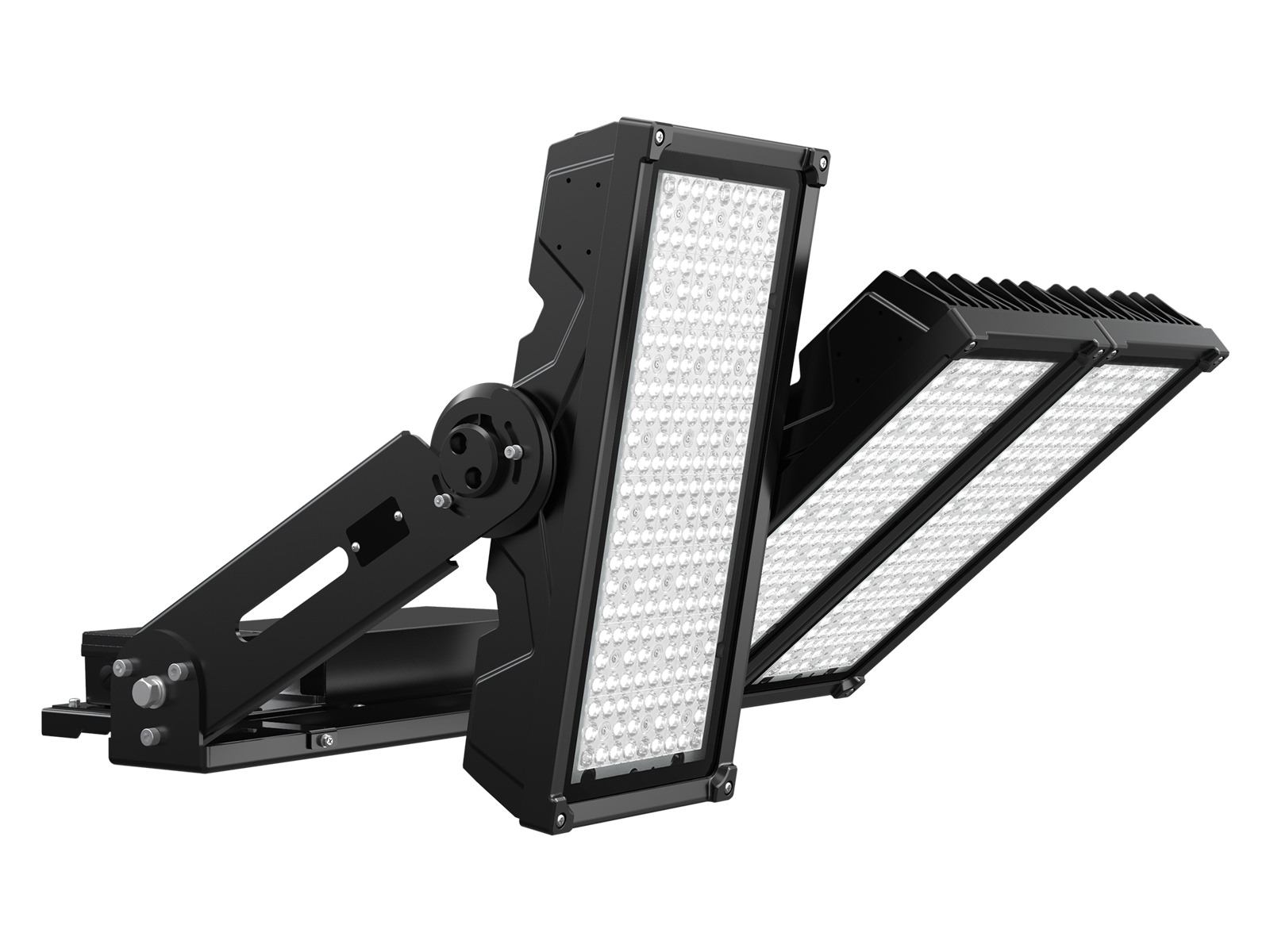Tremendous number of passengers fly to their destination through airports regardless of day or night. There are also multiple workers engaged in different jobs to ensure passengers have a nice trip. Except for the uncontrollable weather during the trip, airports have a great deal of responsibility to keep the safety and security of both passengers and workers.
Lighting is one of the significant impacts on safety and security. However, airport lighting is complex due to the wide coverage, myriad zones, and high demands. Lighting requirements vary for different applications in airports. For outdoor airport environments, the runway, taxiway, and apron are three applications that highly depend on the assistance of lighting to achieve clearer identification and visibility. This post would like to talk about the LED lighting requirements of runway, taxiway, and apron.
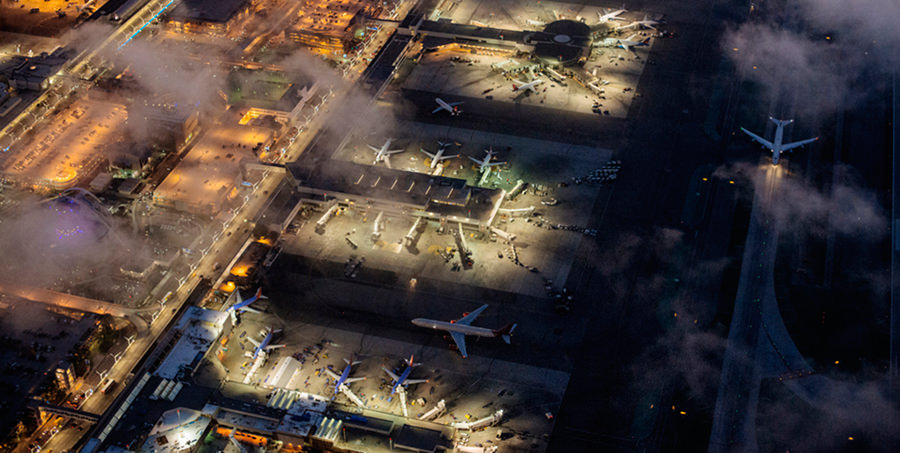
Runway
Runway lighting is aimed to offer information including distance, alignment, lateral displacement, and roll for pilots by marking edges, centerline, and edges of the runway. Various patterns can be arranged in the runway lighting system and pilots can interpret the condition of the runway from these lighting patterns easily.
Thousands of lights are installed along the runway that takes charge of providing a clear environment for pilots, workers, and passengers. Pilots are able to figure out whether they are on the right track to landing or takeoff. Lights for the runway are white and of elevated type. There is an instrument of yellow color at the last 400m of the runway to remind pilots to pay attention to the caution zone. Locations of runway lights are regulated so that runway lights can’t protrude more than 1 cm from the surface of the road.
The black hole effect occurs generally when pilots driving on the runway. Pilots concentrate their visual field on the center-line while the edge lights of the runway have moved far and fast on both sides of peripheral vision. Since the contrast of peripheral visual and central visual information, the central area present black in color for pilots.
Taxiway
Though airplanes are moved at a low speed on taxiways, serious accidents are also possible to occur under poor visibility conditions. Adequate lighting and guidance are critical along the taxiway.
The taxiway is located close to the runway and apron. Therefore, taxiway should be easily clarified from runway and apron through different lighting arrangements , or pilots may confused with the proper track between runway and apron.
Intersections of taxiway, taxiway-runway, and taxiway-apron should also be easily identified. Clear marks are not only beneficial to classify runway and taxiway but also reduce the risk of accident. Space of lights affects the visual effects as well. A distance about 6m to 7.5m is appropriate for the straight section while 3m to 3.6m for the curves.
Requirement of the location of edge lights at taxiway is less strict than runway. Extended distance below 75cm of the pavement surface is acceptable. When a plane going to landing or takeoff, lighting on taxiway edge is blue in color while taxiway center in green. Lights in different color transfer information for pilot to reach right traffic guidance. Lights for taxiway are omnidirectional but not dazzling.
Apron
Apron is one of the busiest applications in airport. Pilots, workers, and passengers are all engaged in this areas. Lighting plays an important role in ensuring their safety and security. Sufficient and uniform lighting without glare and trespass is required at apron.
Pilots need comfortable lighting to taxi the plane. Passenger need suitable lighting to guide their way for embarkation and debarkation. Workers need ample lighting to load cargo. LED flood lights are generally used at apron due to high output and ability to illuminate large area. They are installed at least 15m above the ground.
Glare, however, will decrease the visibility of pilots, causing sudden blindness to directional and guiding marks. Trespass lighting may distract tower personnel, resulting wrong guidance. Nowadays, LED lights have shields to reduce the annoying glare and trespass lighting.
To achieve appropriate apron lighting, ICAO (International Civil Aviation Organization) stated the apron lighting requirements. The requirements are as followed:
- The average horizontal illumination on the apron should not less than 10 lux. (except for the areas with service functions).
- Optimal uniformity ratio of apron lighting is 4:1. (average to minimum)
- Average horizontal illumination for areas between aircraft stands and apron (parking area, service roads) should be 10 lux.
A large airport may have over 30,000 lights and most of they are on all day long. It means a huge energy consumption for airport illumination. LED Lights are the optimum choice for airport lighting due to their high efficiency and energy-saving. They can save up to 80% energy compared to conventional light sources. LED lights are of long lifespan as well, which means they are cost-effective. Besides, LEDs can offer multiple color options that is ideal for marking and guiding different parts of airport. This is the outstanding feature of LEDs as other light sources do not have color customization.
Lighting for airport should also be able to withstand harsh environment, such as high extreme temperature, snow, sunlight, vibration, etc. To overcome former hash environment factors, LED lights should be at least of waterproof and corrosion-resistance.
HiMast is the first high power flood light of AGC, designed with up to 300W high output with one module. It also has 70° and 40° rotating range optional. IP66 & IK08 ranting for outdoor usage and each module equipped with a vent to keep the internal housing pressure be balanced, no vapor. Quick connection and easy assembly save efforts for maintenance and installation. There is no need to worry about the quality of HiMast because it passed wind test certified and had 10KV surge protection.
